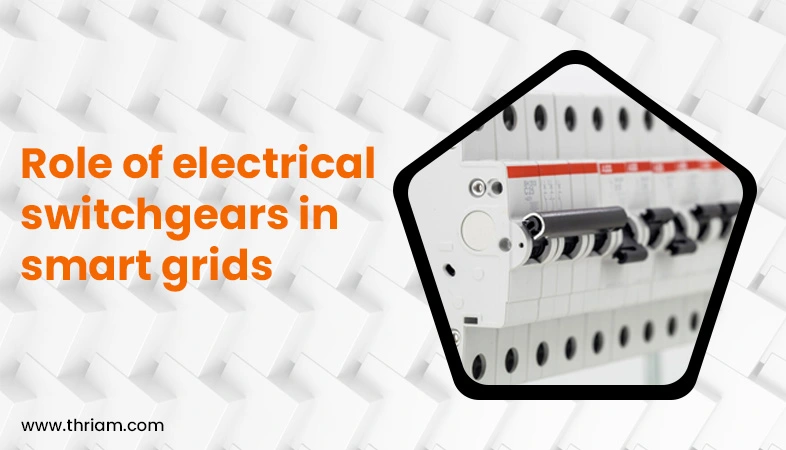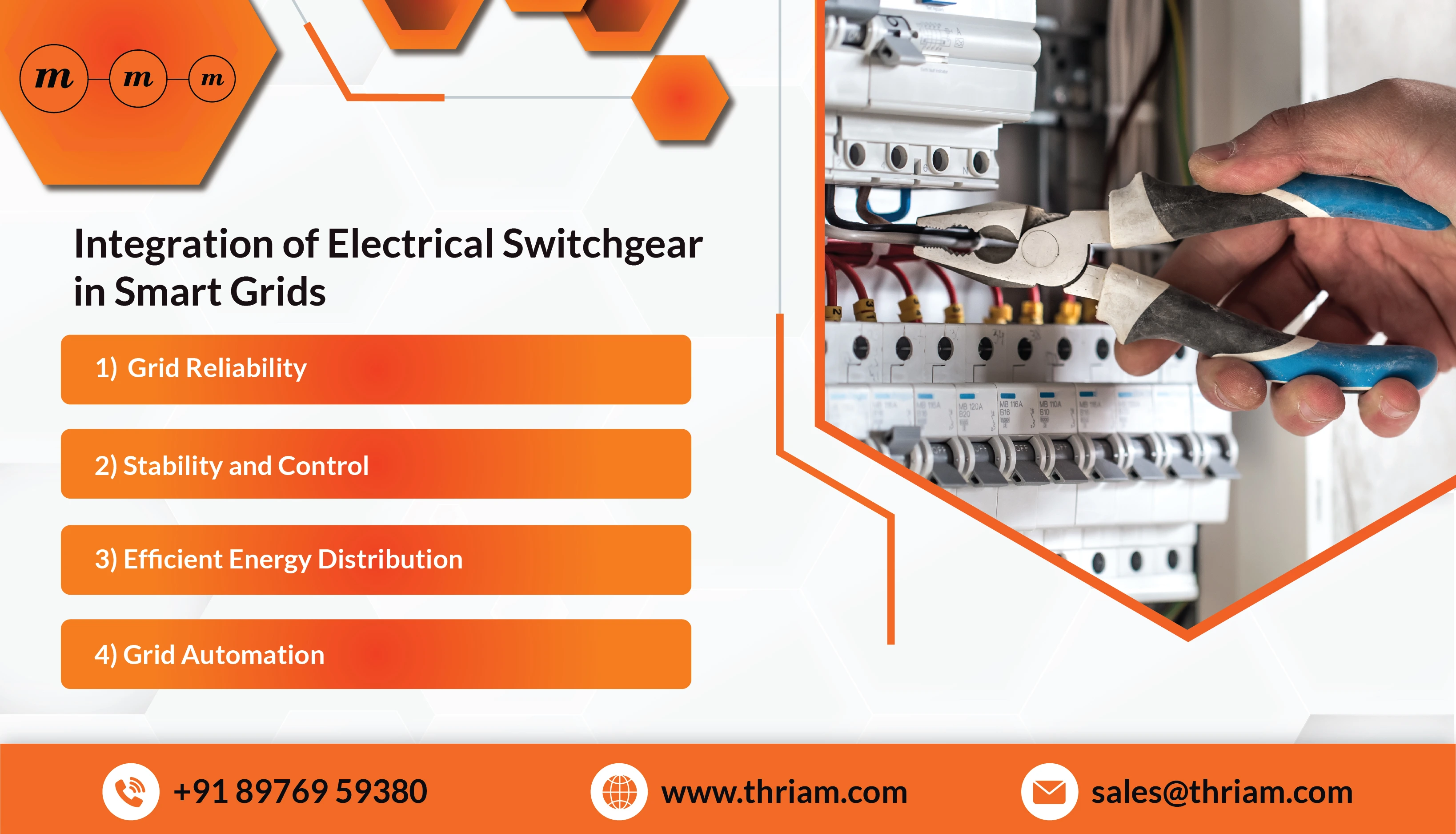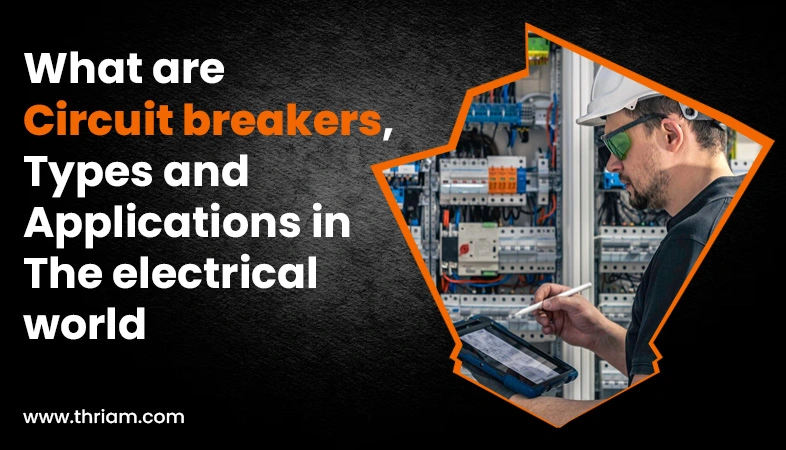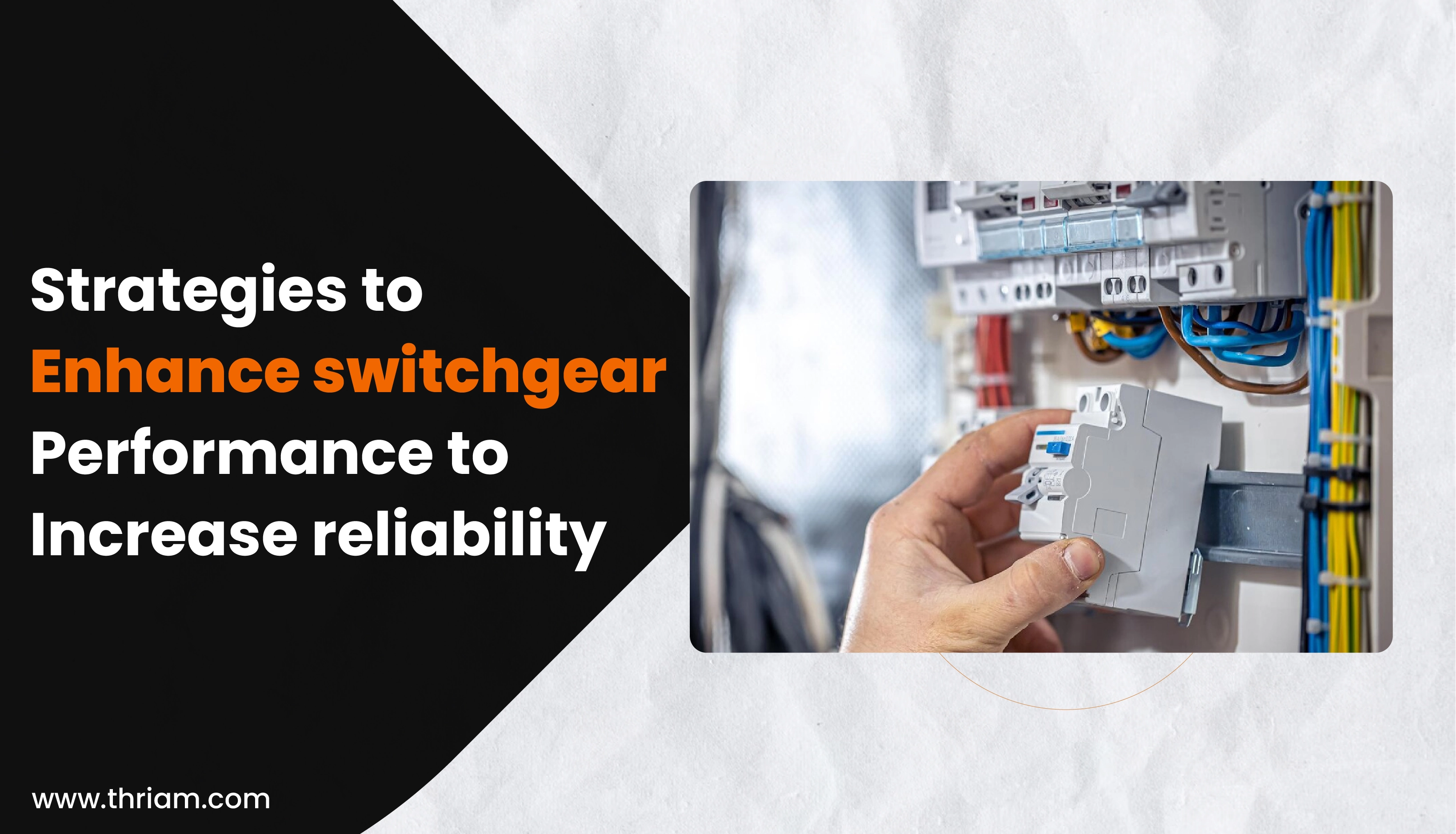Powering the System: The Crucial Role of Electrical Switchgear in Smart Grids

Introduction
The deployment of smart grids has revolutionized the way electricity is generated, distributed, and consumed. A critical component in these advanced energy systems is electrical switchgear. Switchgear plays a crucial role in ensuring the efficiency, reliability, and stability of smart grid operations. In this blog, we will explore the basics of switchgear, its integration into smart grids, advanced features and technologies, challenges, and future developments. We will also delve into real-world applications and case studies to better understand the significance of electrical switchgear in smart grids.
Smart Grids: A New Era of Energy
Smart grids are advanced electrical power systems that integrate various technologies and infrastructure to revolutionize the production, distribution, and consumption of electricity. Unlike traditional power grids, smart grids use advanced communication, monitoring, and control systems to enable a more efficient, reliable, and sustainable energy network.
At the heart of smart grids lies electrical switchgear, a critical component that ensures the smooth operation and protection of the grid. Let's delve into a detailed explanation of both smart grids and electrical switchgear.
A smart grid is an intelligent electricity network that incorporates digital communication and sensing technologies to optimize power generation, distribution, and consumption. It enhances the reliability, efficiency, and flexibility of the entire electrical grid system.
Key features of smart grids include:
Advanced Metering Infrastructure (AMI): Smart grids utilize AMI to enable real-time remote monitoring and two-way communication between consumers and utilities. This allows for accurate billing, demand response programs, and efficient load management.
Renewable Energy Integration: With the increasing integration of solar panels, wind turbines, and other renewable energy sources, smart grids efficiently manage the variable nature of these sources, optimize power flow, and enable bi-directional energy flow.
Distributed Energy Resources (DERs): Smart grids facilitate the integration of DERs like rooftop solar panels, energy storage systems, and electric vehicles. The seamless integration of these resources helps balance electricity supply and demand, reduce peak loads, and support the grid during emergencies.
Grid Automation and Control: Through advanced control systems and automation technologies, smart grids offer better visibility, control, and management of the entire grid infrastructure. This enables faster response times, fault detection, and restoration of service.
Electrical Switchgear: Safeguarding the System
Electrical switchgear is a collection of devices used to control, protect, and isolate electrical equipment and circuits. It ensures reliable power distribution by safeguarding electrical components from potential faults, such as overloads, short circuits, or voltage fluctuations. Switchgear is available in various voltage ratings, including low voltage (LV), medium voltage (MV), and high voltage (HV), depending on its application.
Basics of Electrical Switchgear
Electrical switchgear refers to the collection of electrical disconnect switches, circuit breakers, and fuses used to control, protect, and isolate electrical equipment. These components are essential for the safe and efficient functioning of electrical systems. Switchgear is available in various types, including low voltage (LV), medium voltage (MV), and high voltage (HV), depending on the voltage levels they can handle. The main functions of switchgear include:
- Isolation: Switchgear isolates faulty electrical equipment or circuits from the rest of the system to prevent further damage.
- Protection: It safeguards electrical components against voltage fluctuations, overloads, short circuits, and other potential threats.
- Control: Switchgear provides manual or automatic control over the flow of electricity within the system.
- Monitoring: Some advanced switchgear systems offer real-time monitoring and diagnostics to enhance system performance and reliability.
Integration of Electrical Switchgear in Smart Grids

In smart grids, electrical switchgear plays a vital role in supporting grid reliability, stability, and efficient energy distribution. Here are a few key contributions of switchgear in smart grid systems:
- Grid Reliability: Switchgear ensures uninterrupted power supply by swiftly detecting and isolating faults, minimizing downtime, and reducing the risk of cascading failures.
- Stability and Control: Switchgear enables grid operators to have better control over the network, allowing for the smooth integration of renewable energy sources and demand response programs.
- Efficient Energy Distribution: By isolating and rerouting power during faults, switchgear enables optimized power flow, reducing losses and maximizing system efficiency.
- Grid Automation: Switchgear enables automation and remote control, allowing grid operators to monitor and control the system more effectively, leading to faster response times and improved system efficiency.
Advanced Features and Technologies in Switchgear for Smart Grids
With the advent of digitalization and the Internet of Things (IoT), switchgear has evolved significantly to meet the demands of smart grid systems. Some of the advanced features and technologies in modern switchgear include:
- Intelligent Switchgear Systems: Advanced algorithms and analytics enable intelligent switchgear systems to detect and predict faults, improving system reliability.
- IoT Integration and Monitoring: Switchgear with IoT capabilities allows for real-time monitoring, remote control, and predictive maintenance, enhancing grid performance and reducing downtime.
- Digitalization: Digital technologies, such as digital relays and sensors, enable advanced functionality, flexibility, and increased efficiency in switchgear operations and maintenance.
Challenges and Future Developments in Switchgear for Smart Grids
While switchgear plays a crucial role in smart grids, some challenges need to be addressed for its effective implementation. These challenges include:
- Interoperability: Ensuring seamless communication and interoperability between different switchgear components from different manufacturers.
- Cybersecurity: Protecting switchgear systems from potential cyber threats and ensuring the integrity of smart grid operations.
- Standardization: Establishing common standards for switchgear systems to improve compatibility and facilitate widespread adoption.
Looking ahead, several future developments show promise for electrical switchgear in smart grids. These include advances in materials, such as solid-state switchgear and smart sensors. Additionally, the incorporation of artificial intelligence (AI) and machine learning algorithms can further improve fault detection, predictive maintenance, and system performance.
Conclusion
Electrical switchgear serves as a fundamental component of smart grid systems, ensuring the reliability, stability, and efficiency of power distribution. From its basic functions to advanced features and real-world applications, switchgear plays a crucial role in the smooth operation of smart grids. With ongoing advancements and developments, switchgear is expected to continue playing a pivotal role in the future of smart grid technology.
By understanding the role and significance of electrical switchgear in smart grids, we can appreciate the vital contribution it makes in enabling sustainable and resilient energy systems. As technology continues to evolve, electrical switchgear will undoubtedly remain a critical component in the ongoing transformation of our electricity grids.



